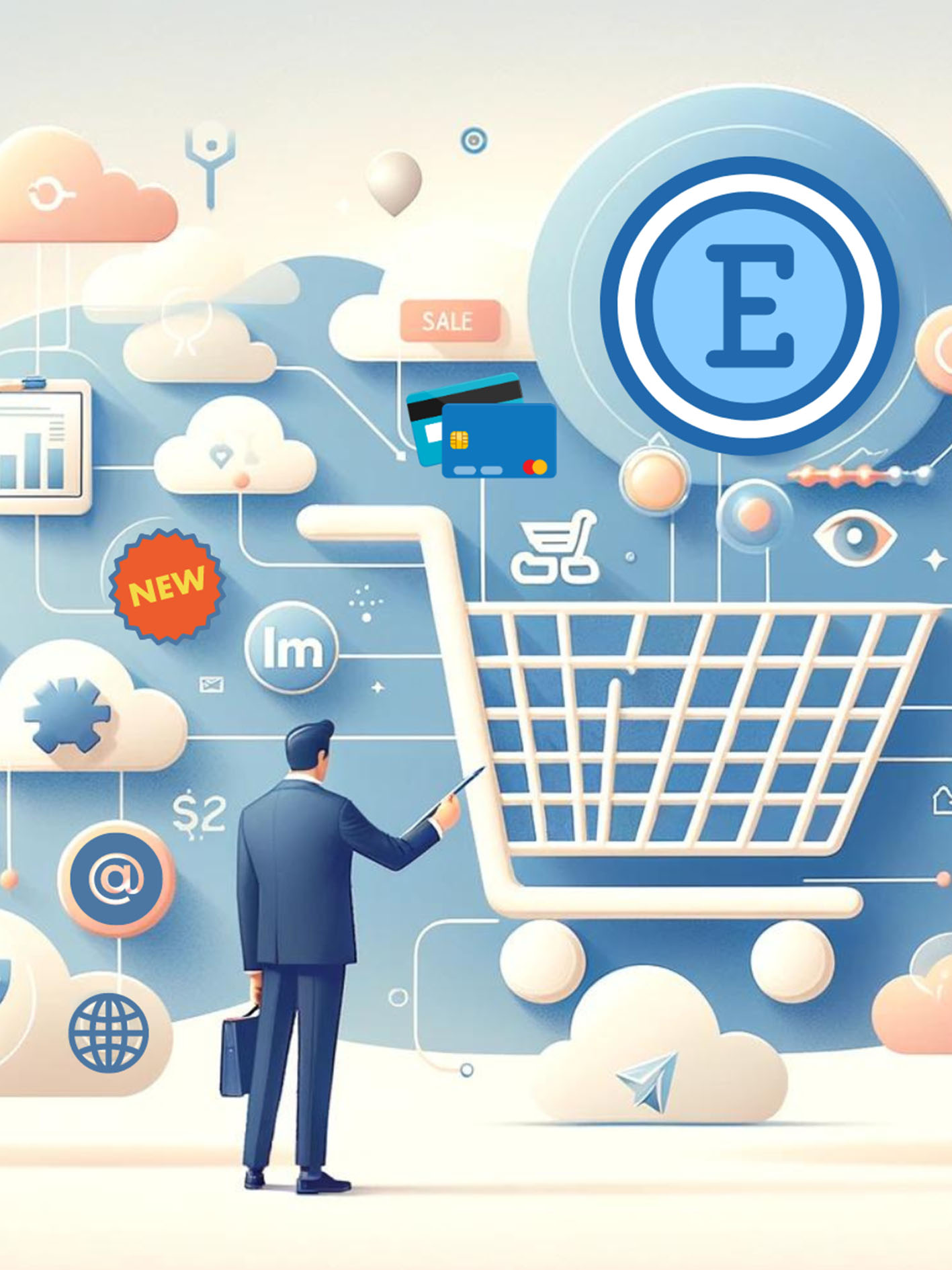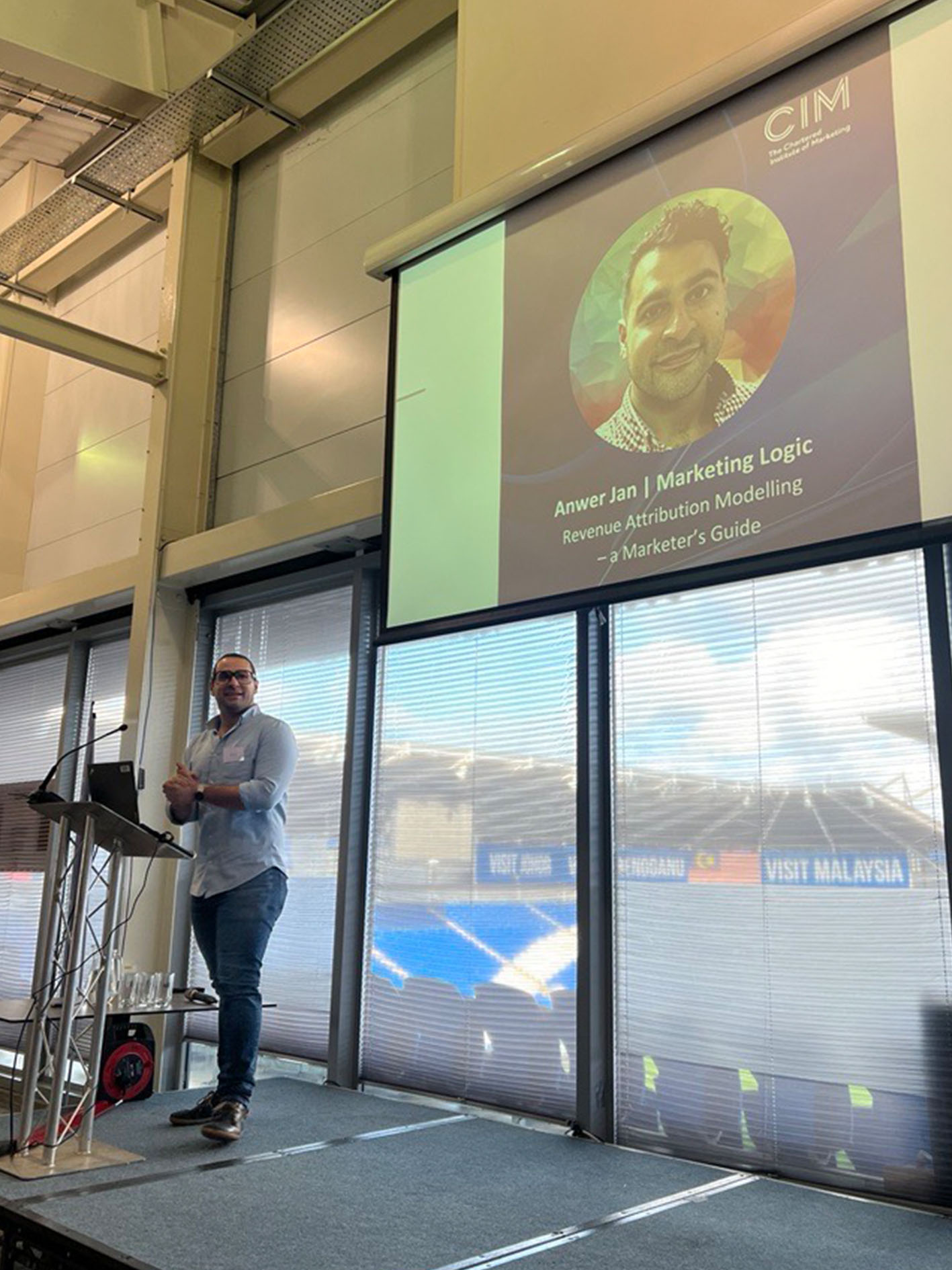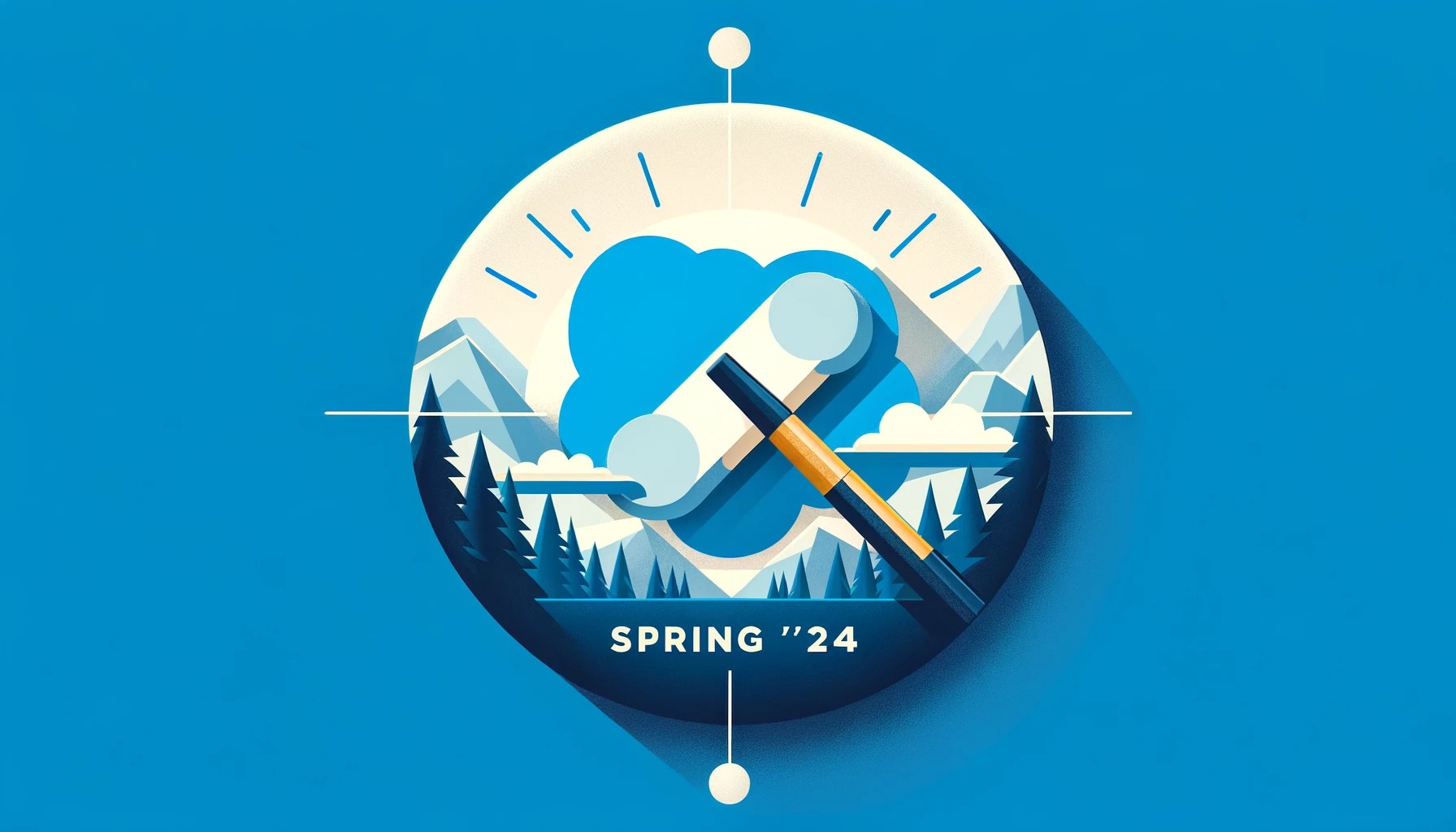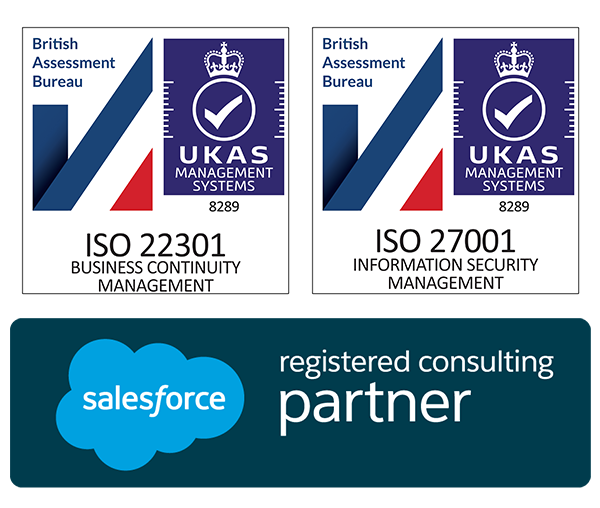
Visitors and Prospects – Understanding the Difference

Businesses all over the world are recognising more and more the importance of a CRM system, but understanding the sales funnel is key to knowing what you want to achieve with it.
Although these terms like “Visitor” , “Prospect” or “Contact” are common, to many they have different meanings, whilst others may think there is some crossover between them.
We’re going to help you understand the difference – after all, we do like to think we know what we’re talking about here at Marketing Logic.
You can find out more about Salesforce – the worlds no.1 CRM system here.
Visitors and Prospects fall within the marketing process, whilst Leads and Contacts form the sales process. We have included Accounts and Opportunities within this article as they have a direct relationship within Salesforce.
Visitors
Imagine you had your own website. You may have thousands of people visit your site every day, but you don’t know anything about them. All you really have at the end of each day is a statistic. Although this may look positive, and of course it is, you’re clearly doing something right to attract these visitors in the first place. The key question is, what can be done to capture email addresses for those visitors to begin tracking their behaviour?
An email address is more than just data. If a visitor has taken the time to register on your website, it means that visitor has an active interest in your business or the products you have to offer, and therefore has potential.
Visitors is an easy one to start with, but that’s where the whole process begins. They’re your audience – give them what they’re looking for.
Prospects
A prospect is a visitor that has given you their email address. That’s it. Nothing too complicated here.
Again, there’s another key question to be asked at this stage. You may have their email address, but what can you do to gather more information about that prospect. If you’re tracking the right information about your customers, you will know which demographic (or geographic area) your business appeals to – maybe you sell boats and you know that most of your customers are located on the coast and are within a certain age range. In this scenario, capturing both their postcode and date of birth would be a great starting point. If a prospect had a postcode located in the centre of England (it’s Fenny Drayton, Leicestershire, in case you’re wondering), perhaps you could decide to focus your efforts and resources elsewhere.
When it comes to marketing automation systems, by having an email address you then have the capability to track them across your website pages and which emails they have interacted with. Hence why practically every website wants to obtain your email address by offering special introductory discounts or when downloading their content.
Really though, ideally you would need to extend your knowledge of this prospect, which leads (no pun intended) us on to the next part, Leads.
Leads
This is probably where most confusion lies, defining a Lead against a Prospect. Strictly speaking they’re one and the same, with one key difference. A Lead is a Prospect that you have more information on and is more engaged.
Perhaps one of your Sales team has reached out to the prospect and begun an introductory conversation with them. If the Sales member has had a successful conversation, a relationship can be formed and worked upon, understanding that individuals’ requirements and ideally, create a solution that fulfils their needs. It is that simple, isn’t it?
To summarise, a Lead is a marketing qualified Prospect, sometimes also referred to as a ‘Marketing Qualified Lead’ (MQL).
Contacts
You’ve worked the Visitor to a Lead and now that Lead wants to make a purchase (fingers crossed). Excellent, that really was simple!
So that Lead now becomes a Contact, someone that has travelled the journey from an initial enquiry through to a closed Opportunity (both won or lost). If you’ve been gathering data on your visitor numbers to your website, you’ll be able to determine how many visitors you need on average to convert them to a Contact, and therefore into Opportunities.
If you can calculate how many visitors you require in order to convert these to Prospects, then to a Lead and then a Contact and Opportunity, that information would be particularly useful in forming a clearer picture of your conversion rates. It was always considered that the customer is King, however as technology has moved on massively in the last decade, we believe data is the new King.
To stay one step ahead of your competitors, make sure to embrace, track and analyse all available data.
Ever wondered what happen’s to a contact if their details change? We’ve covered that too! Here
Accounts
Accounts are businesses that the Contact (or Contacts) is/are related to. Nothing more. Much like technology, employment is much more transient these days, people move businesses far more regularly, so don’t just gather data on the individual, ensure to gather data on the business too.
There’s not a huge amount more we can say on Accounts, other than, get to know their business needs and purchasing cycles and you will have the ability to make proactive movements towards meeting their requirements. By doing do, you will likely have a customer for life.
Opportunities
Explained simply, an Opportunity is a potential sale that has revenue attached to it. Let’s say you worked in car sales, if someone rang to ask if you had any vehicles available in red, this would be considered to just be an enquiry. Unless they then asked you to send further information and it’s purchase price, this would then turn into an Opportunity.
Much like tracking conversion rates between Visitors to Prospects and Prospects to Leads etc, it’s important to not only track your wins, but your loses too. We hate to state the obvious (again) but the loses are as useful as tracking the wins. People don’t like to focus on the loses – we all want to be winners in life, but this isn’t realistic. If we’re winning all of the time, then we become complacent and reactive.
Don’t sit back and relax thinking customers will find you and want to buy your products. In the modern era businesses are investing huge sums into marketing automation platforms so the information is easily accessible, reportable and clear to understand where the gaps are.
If you are looking to maximize your Marketing process, contact us today and let us help you get the most out of your Salesforce platform.




